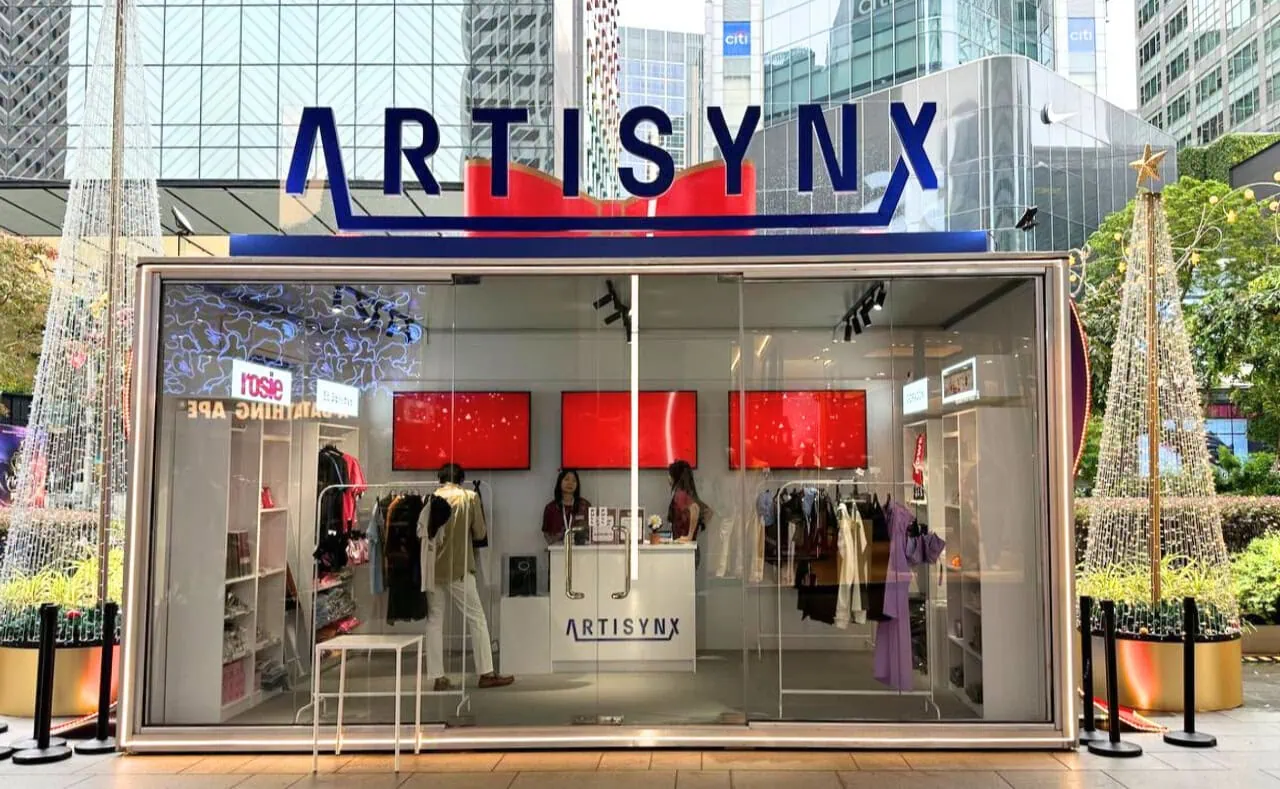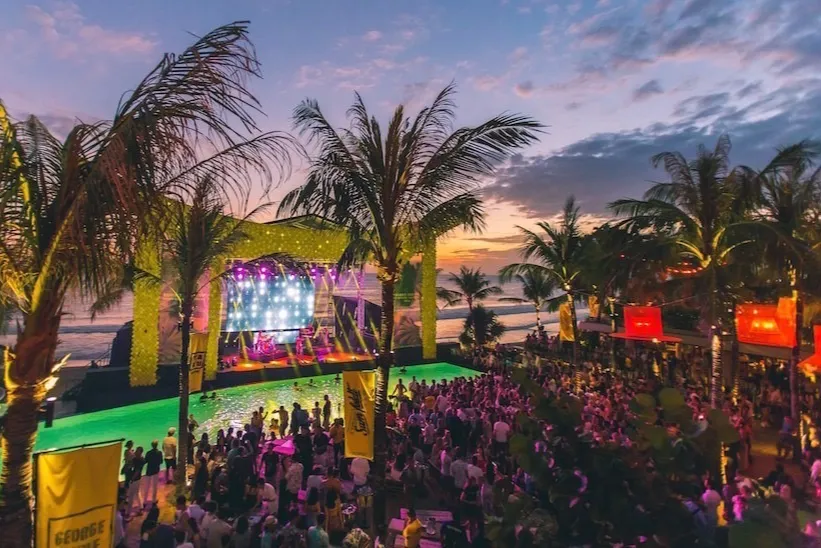The Popspoken Roundtable is a series of opinion pieces by the Popspoken Curators. In line with our site’s focus, this fortnightly series will discuss issues surrounding youth, art, and culture in Singapore.
For those who are trying to understand millennials, our fashion consumption habits are very different from the older generations, to say the least.
Has fast fashion gone too fast? Does Singapore have a problem with supply of talent or consumption demands? Are we facing “the death of style”? This is how millennials have fashioned the fashion of today.

1) We like to make it fast
The need for speed in this city life is evident in how we consume fashion as well. Fast fashion chains (think Zara, H&M, Uniqlo, and Forever21), blogshops, and online shopping sites like ASOS and Love, Bonito; they’ve all changed our shopping habits.
Fast fashion churns out new collections weekly to keep their customers excited and satisfied. Indeed, they know that instant gratification and constant stimulation are the keys to today’s game. Even celebrities are proud wearers of clothes from fast fashion giants.

In this digital age, trends and “what’s hot” lists change faster than our Singapore weather. There is little loyalty to the items and brands we own, and they could become obsolete after a couple wears.
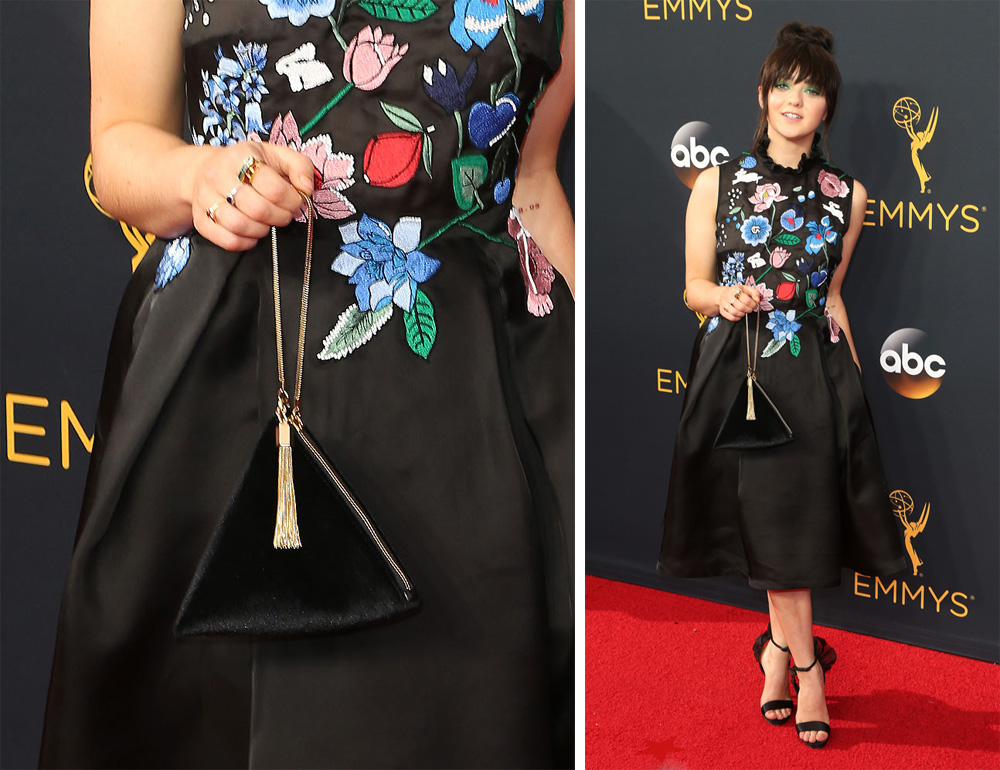
Clothes are no longer just about the craft. When it comes to making the decision for the purchase, quality may take the backseat. With the items’ short lifespan, there is a need to constantly replenish our wardrobes with new things.
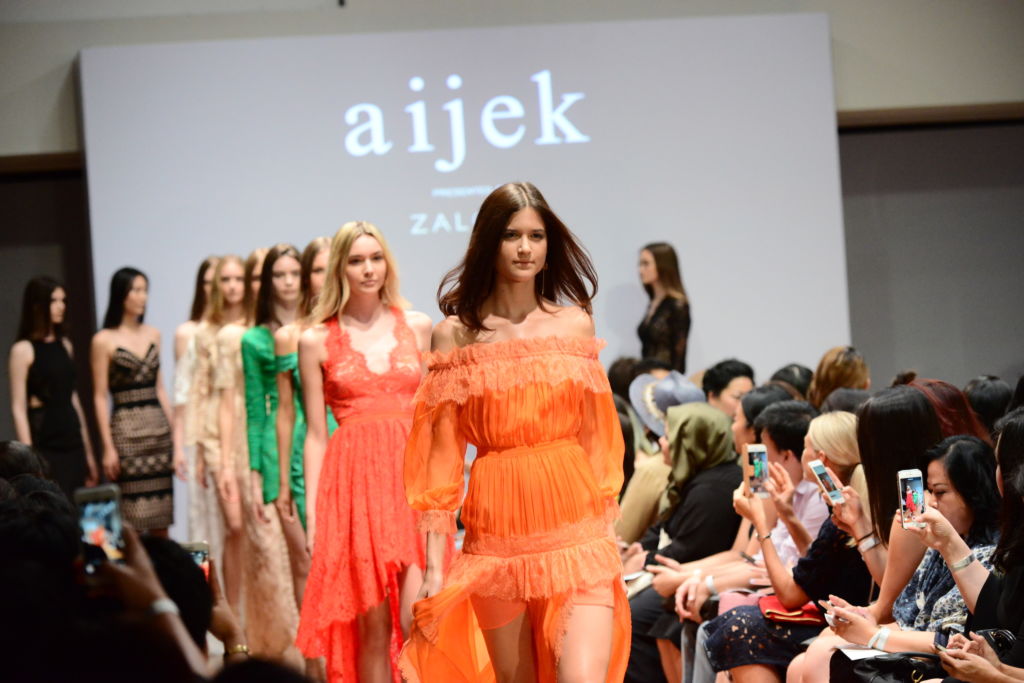
2) We’re not buying for the ideas
Here is the general Singapore culture: We do not recognise the value of the idea in fashion itself. Fashion is business, yet it is also art. The marriage of business and art is what makes it so exciting. Behind each piece, the inspirations that come into play and the influences on the designers are all very important.
To put it simply, people will not pay for an idea.
Unfortunately, this is not quite the case here in this little red dot on the atlas. Our notion of “fashion” is that it has to be productive in terms of sales, and what we buy must seem worthy of what it entails, cost-wise. To put it simply, people will not pay for an idea. It’s like when we see something we like from a minimalist collection and tell ourselves that we can find a similar one in the basic department of H&M.
This is probably a reason why we turn to mass fashion brands. We want to see matching value on the final product. No wonder many aspiring Singapore-born designers find it hard to thrive here and would rather be based in more established fashion cities.
Truly, Singapore is not a desert of creativity. Let us reconsider whether we actually lack talent or local support.
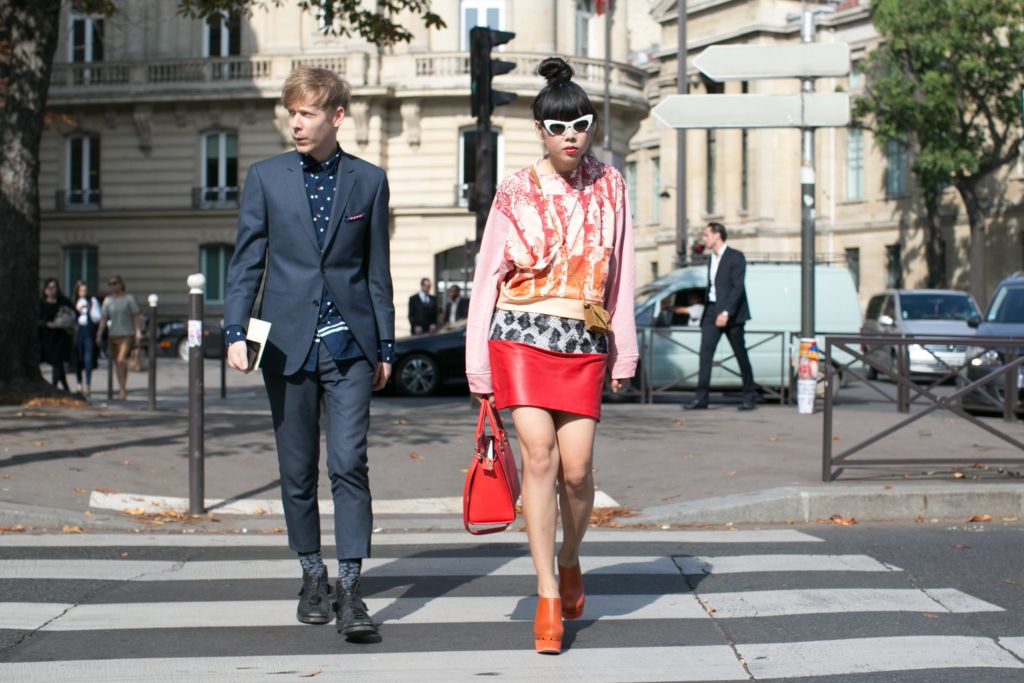
3) We care about the Instagame
Remember this “war” between U.S. Vogue editors and famous fashion bloggers during Milan Fashion Week Spring/Summer 2017? The editors went head-on against the online celebs about how they are “overdressed attention seekers” who were “heralding the death of style”.
We are, at the same time, both active content consumers and generators.
No matter which side of the camp you belong to, it is undeniable that online influencers play a big part in local trendsetting. The lines have been blurred ever since Instagram came into the picture. For the younger generation, printed publications and magazines are a lesser channel in their media consumption habits. As we became the Instagram generation, we are, at the same time, both active content consumers and generators. Fashion has been democratised; no publications can solely dictate the trends now.
However, what Vogue editors found fault in paid-to-dress bloggers is truly a viable concern. It is a pretty common sight for influencers to do sponsored posts on clothes for blogshops. Although some do hold high standards and would only wear brands that they like, some still do it for the revenue. Getting paid to wear certain clothes for money is indeed “the death of style”. That form of generated content does not belong to fashion.
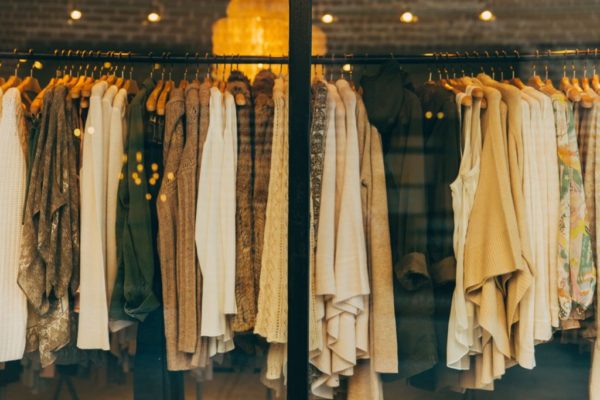
We have come a long way and how we embrace fashion is slowly shifting, for the better. Although Singapore attempts to establish itself a top fashion city in Asia, there is more work to be done in this city. What needs to change is the preconceived notion of fashion in our generation.
And with all due consideration, fashion is not about slapping on luxury brands with those huge logos and calling it “style”. Style must come from within us.
Featured photo credit to Stolen Spring/Summer 2017 Collection during Singapore Fashion Week
Edited by: Jovi Ho
==
Stay updated and social with Popspoken: Facebook | Twitter | Instagram



